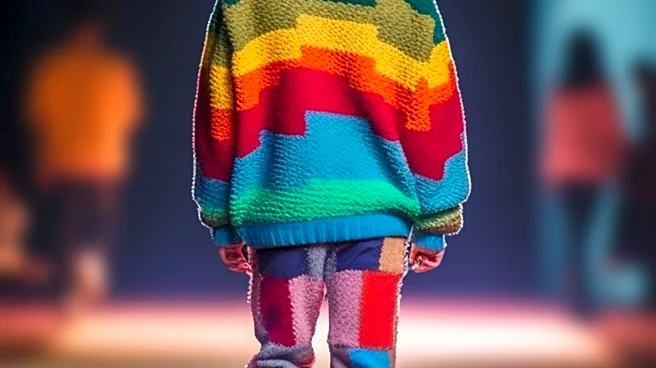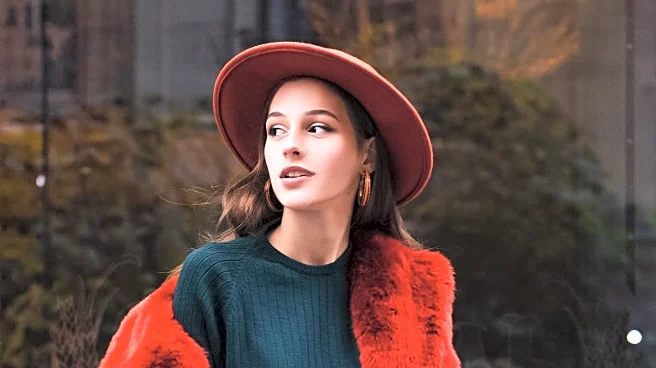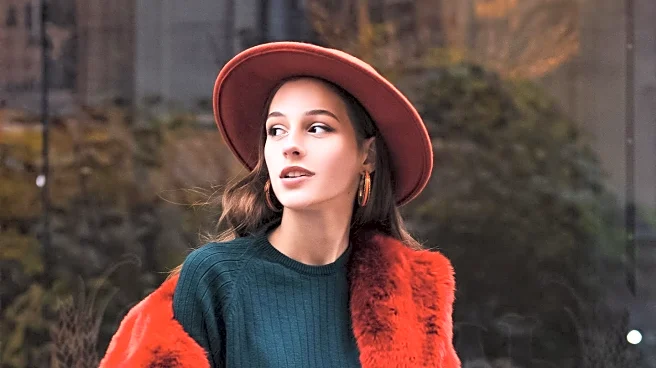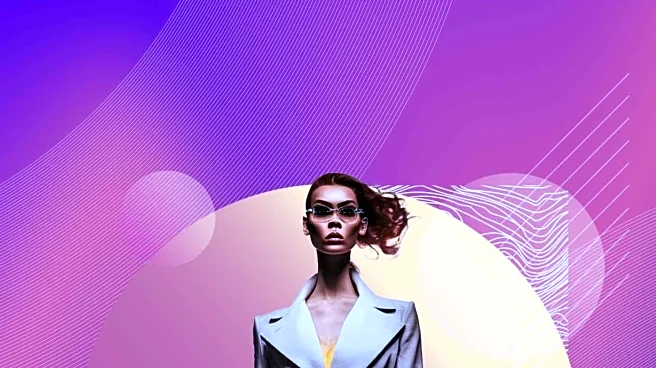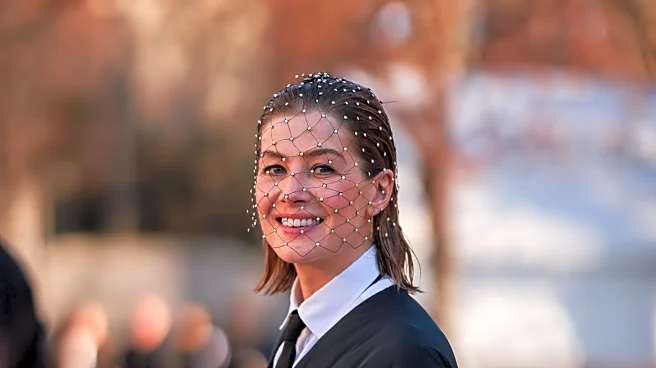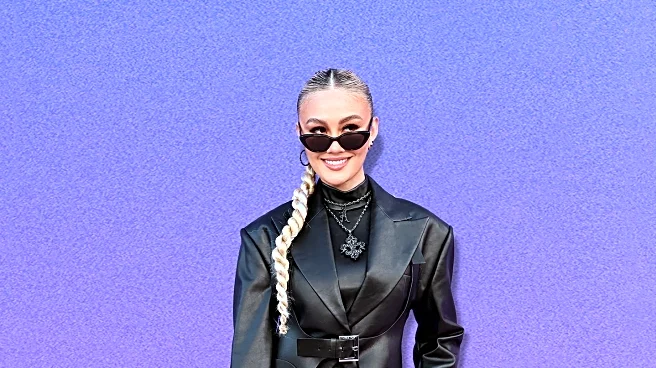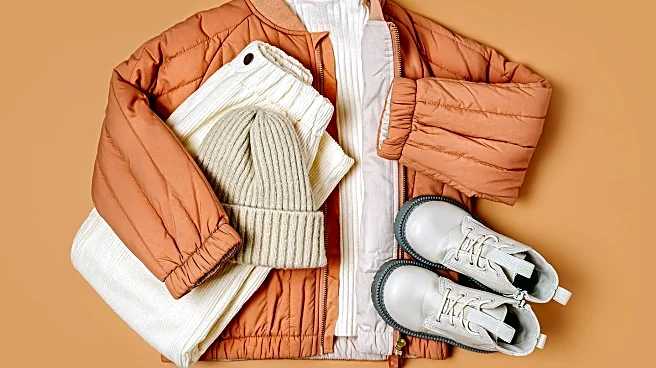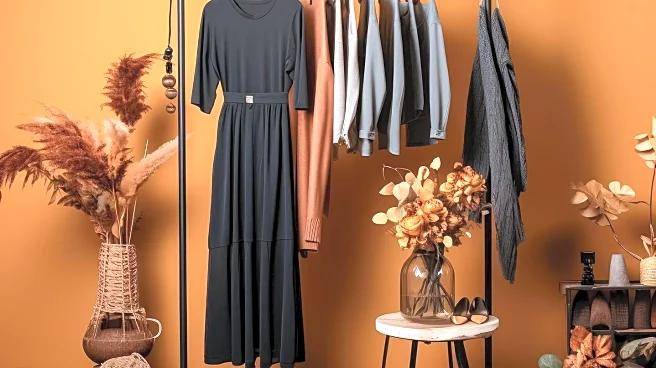What's Happening?
The spring 2026 fashion shows have showcased a vibrant return to bold color combinations, encouraging consumers to embrace more lively wardrobes. Designers have presented innovative pairings, such as hunter green as an alternative to navy, and eggplant as a neutral shade. The collections also featured light yellow trousers as a fresh substitute for khaki pants, and emphasized the versatility of black as a backdrop for bright colors. The runways demonstrated how pink can be easily incorporated into outfits, either as a base layer or paired with unexpected colors like red.
Why It's Important?
The emphasis on bold color combinations reflects a broader trend in fashion towards self-expression and individuality. By encouraging consumers to experiment with colors, designers are promoting a more playful and creative approach to dressing. This shift could lead to increased consumer confidence in making unconventional fashion choices, potentially boosting sales for brands that offer diverse color palettes. Additionally, the trend aligns with a growing demand for unique and personalized fashion experiences, as consumers seek to differentiate themselves in a crowded market.
What's Next?
As consumers become more comfortable with bold color combinations, fashion brands may expand their offerings to include a wider range of hues and patterns. Retailers could focus on educating customers about color theory and styling tips, helping them to navigate the complexities of mixing and matching colors. Fashion influencers and stylists may play a key role in promoting these trends, showcasing creative ways to incorporate bold colors into everyday outfits. This could lead to a more dynamic and diverse fashion landscape, with consumers embracing a wider array of styles.
Beyond the Headlines
The trend towards bold color combinations may also influence broader cultural attitudes towards fashion, encouraging individuals to challenge traditional norms and express their identities through clothing. This could contribute to a more inclusive and diverse fashion industry, where consumers feel empowered to make choices that reflect their personal tastes and values. Additionally, the focus on color could inspire designers to explore new materials and techniques, pushing the boundaries of fashion innovation.

